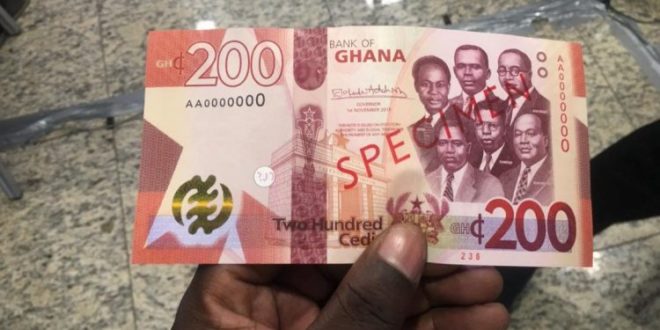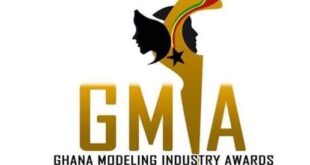The Head of Currency Management at the Bank of Ghana, John Gyamfi, says the Central Bank for the foreseeable future will continue to print Ghana’s currency notes with well-proven and trusted international companies as local firms lack the capacity to execute such jobs.
The comment follows the revelation that the newly introduced GH¢200 and GH¢100 banknotes for the country, were printed by Crane Currency, a currency and security printing company in the United States of America.
This makes it the second time in two years that the same company has won a design and printing bid for currency notes for Ghana’s Central Bank.
Speaking to Citi Business News on the possibility of local firms printing Ghana’s currency in the future, John Gyamfi noted that due to the level of investment and track record required in the business, it is unlikely that a Ghanaian company will be given the contract to print Ghana’s currency in the near future.
“For these types of jobs, you need the companies with the proven track record. Unfortunately, the kind of investment you need to carry out these types of jobs is not present in the country at the moment. So, for now, such companies are not available in Ghana. I think in the foreseeable future we’ll continue to rely on those foreign companies that have met all the international standards.”
Bank of Ghana introduces GH¢100, GH¢200 notes and GH¢2 coin
The Bank of Ghana on November 29, 2019, introduced new GH¢100 and GH¢200 notes in the country’s currency denomination mix.
It also introduced a GH¢2 coin.
Explaining the rationale for the development, the Governor of the Central Bank said the face value of the cedi compared to the US dollar over the past 12 years had eroded due to sustained periods of high inflation and depreciation.
He also added that he believes that the new currencies will help shore up the value of the currency.
“The re-denomination exercise at the time was to eliminate four zeros from the existing units of currencies in an attempt to introduce efficiency in the economy and remove the dead-weight burden associated with transactions. At the time of the re-denomination, the GH¢1 was equivalent to US$1, the highest denomination then was the GH¢50 which was equivalent to $50. Twelve years after the re-denomination exercise, sustained periods of high inflation and the perennial depreciation of the currency has eroded in real terms the face value of the series of notes,” he said.
Since 2015, there have been rumours about the introduction of new denominations but the Central Bank denied such rumours.
In March 2017, it introduced a new GH¢5 note as part of celebrations marking its 60th anniversary.
The new note continues to be in circulation alongside the already existing note of the same value.
Two years later, in May 2019, it upgraded all the banknotes excluding the GH¢5 and GH¢2 notes.
The upgraded banknotes had enhanced security features in line with evolving changes in the technological landscape.
They also had improved durability and machine readability.
 Home Of Ghana News Ghana News, Entertainment And More
Home Of Ghana News Ghana News, Entertainment And More




